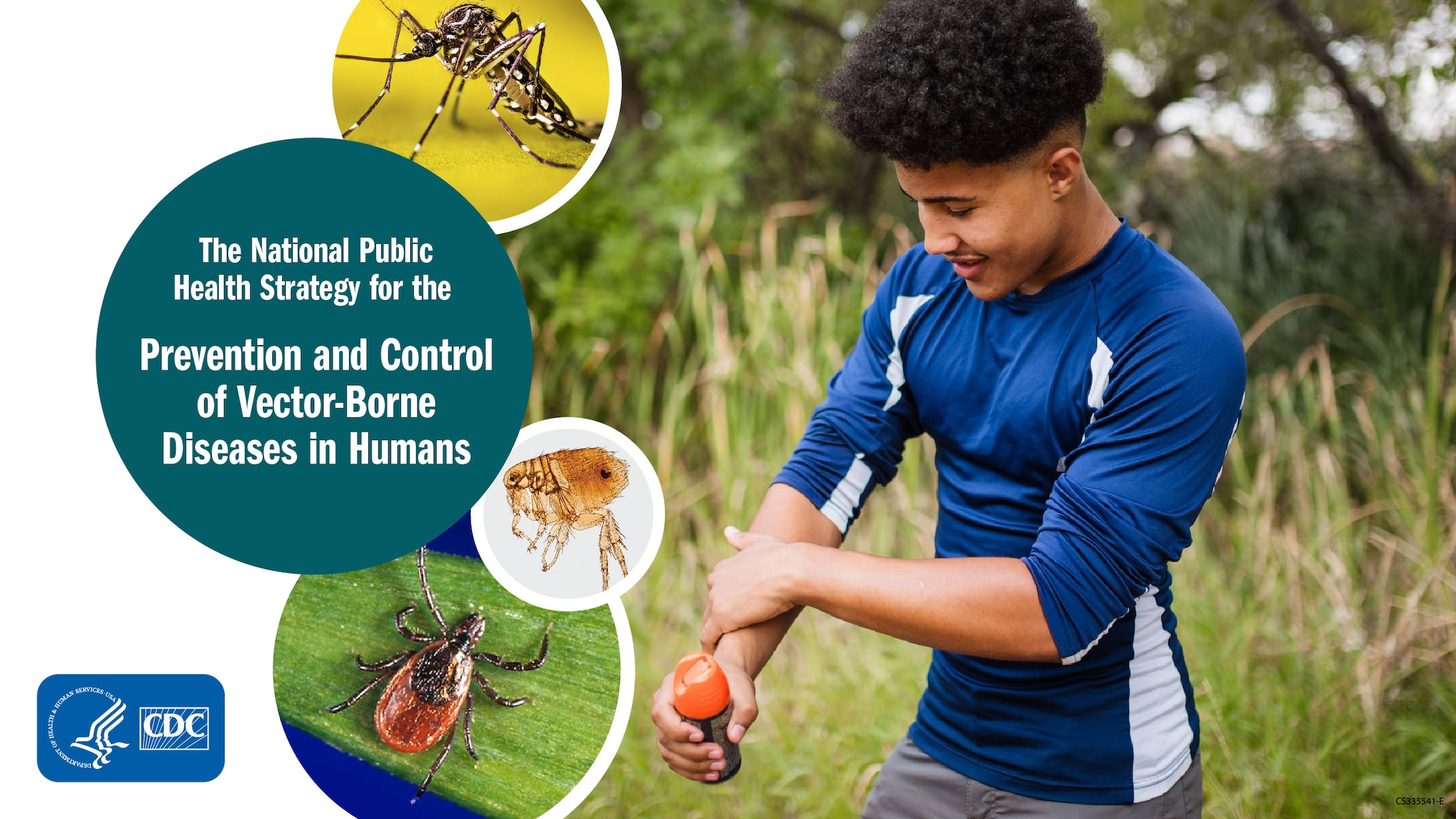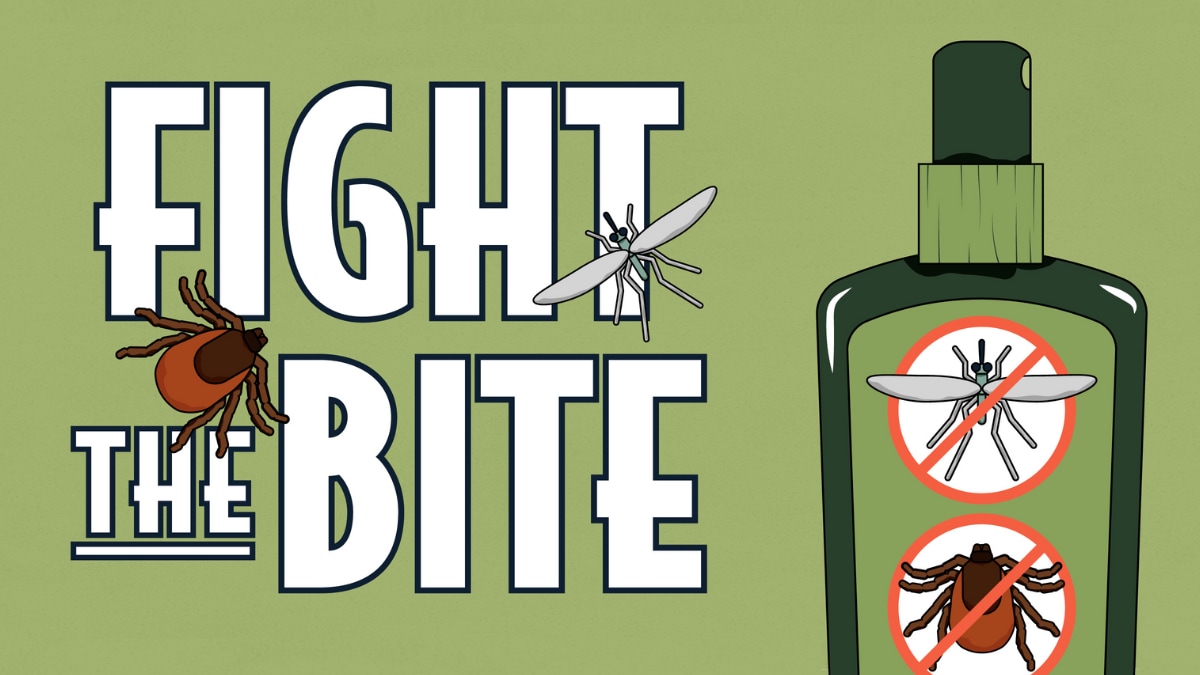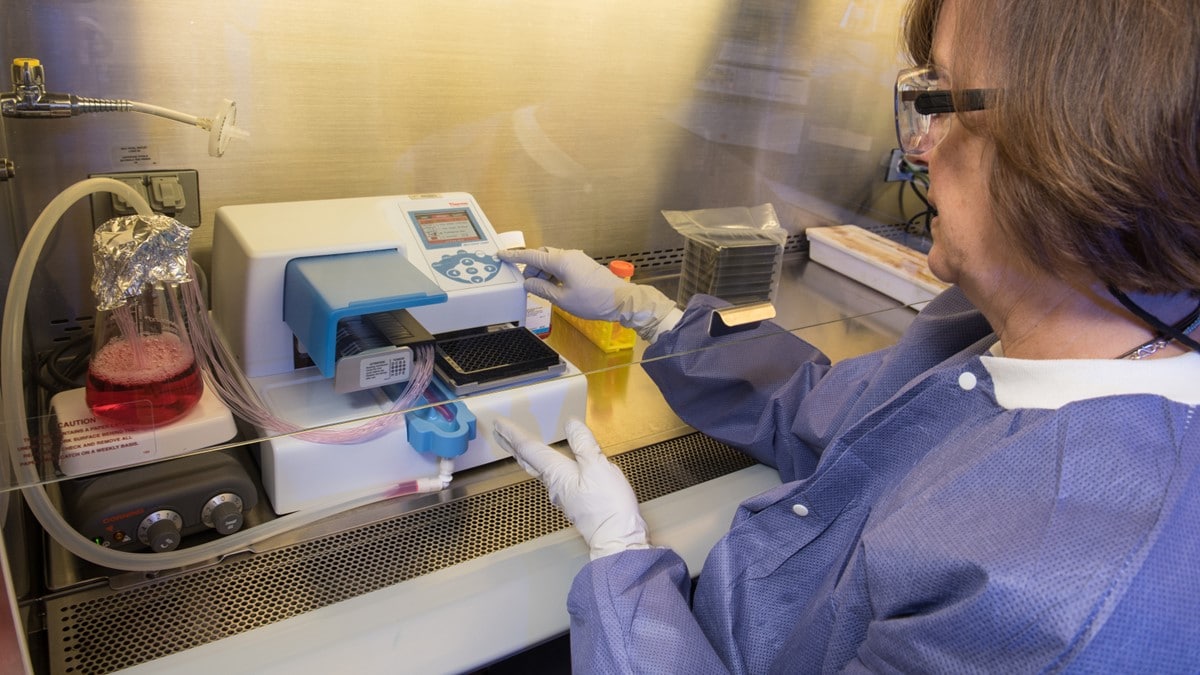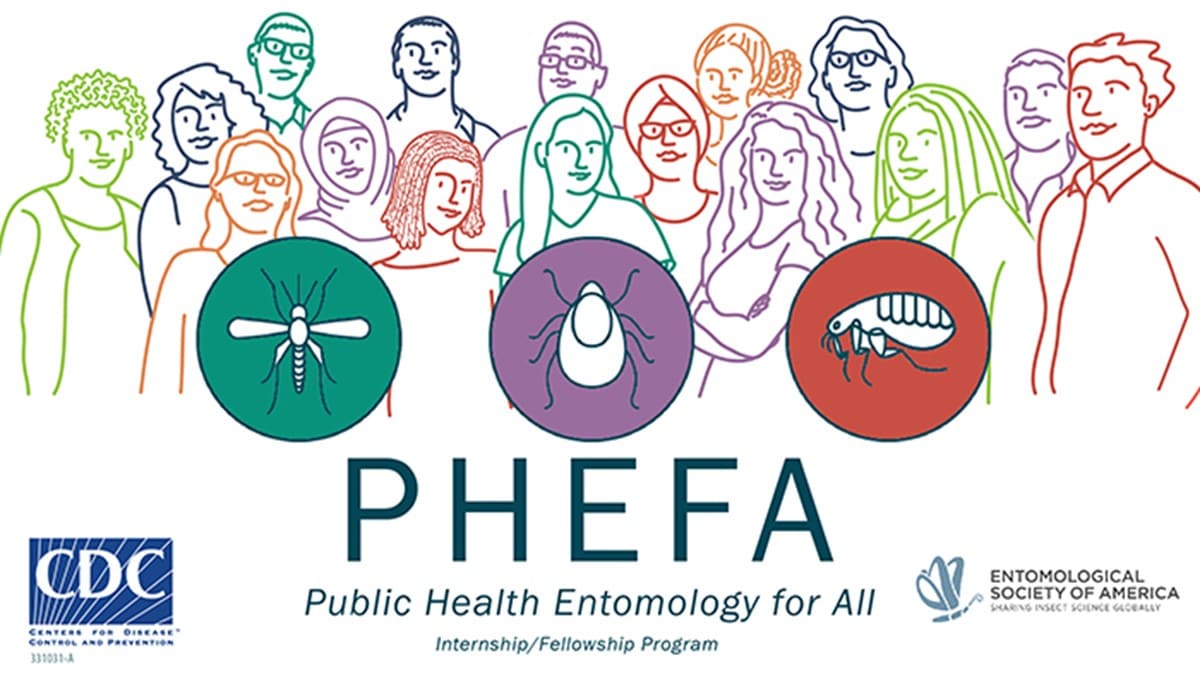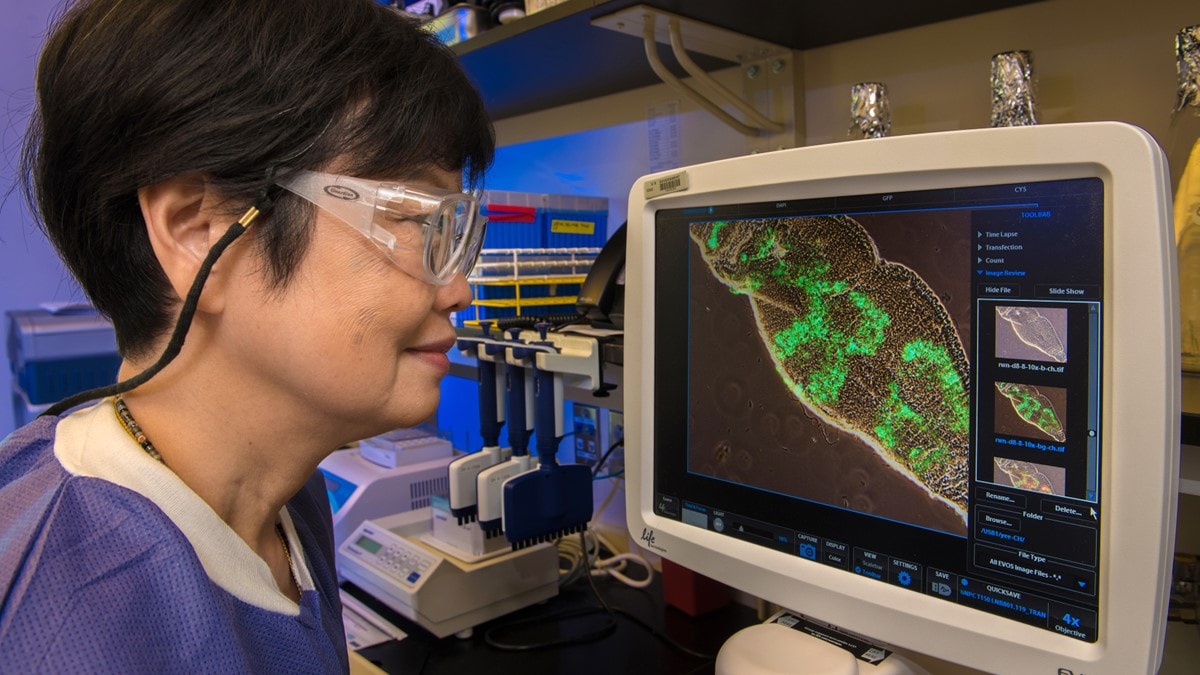At a glance
- CDC works to strengthen the nation's capacity to prevent and respond to emerging vector-borne diseases.
- By collaborating with public health departments, universities, and others, CDC is working to protect people from illness, suffering, and death.

Overview
CDC is a national and international leader in addressing vector-borne diseases (VBDs). CDC collaborates with public health departments, vector control agencies, universities, and other partners to detect, prevent, and respond to and control VBDs. Key activities:
- Detect and respond to threats quickly by working with health departments to monitor VBDs, for example:
- CDC and state health departments manage a national surveillance systems, ArboNET.
- ArboNET also tracks arboviral infections in donated blood, mosquitoes, ticks, dead birds, and sentinel animals.
- CDC and state health departments manage a national surveillance systems, ArboNET.
- Respond to emerging threats and outbreaks by partnering with health departments, industry, and international partners, such as the World Health Organization
- Develop cutting-edge laboratory tests and improve existing tests for rapid identification and diagnosis of new and known VBDs
- Provide diagnostic and reference services to public health departments
- Protect people and animals from VBDs by developing insect repellents, insecticides, and vaccines
- Discover vector-borne pathogens by using traditional laboratory methods and state-of-the art advanced molecular detection methods
- Educate and train the public, healthcare providers, laboratory workers, Congress, and other partners to help prevent and control VBDs
CDC efforts
National Public Health Strategy to Prevent and Control Vector-Borne Diseases in People
Centers of Excellence in Vector-Borne Diseases
Regional Training and Evaluation Centers
Supporting Laboratory Capacity
Public Health Entomology for All

